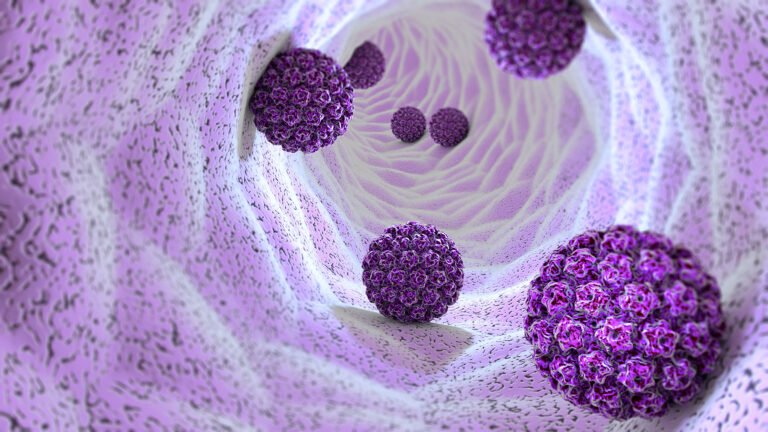Title: Understanding Fluorescence Assay Kits: A Comprehensive Guide
Fluorescence assays have become indispensable tools in various scientific and medical research fields. These assays offer high sensitivity, specificity, and versatility, making them ideal for detecting and quantifying biomolecules, enzymes, and cellular processes. In this blog post, we’ll delve into what fluorescence assay kits are, how they work, and their applications in research.
What is a Fluorescence Assay Kit?
A fluorescence assay kit is a specialized laboratory tool designed to measure the presence or concentration of specific molecules within a sample using fluorescence. Fluorescence is the emission of light by a substance that has absorbed light or other electromagnetic radiation. When a fluorescent molecule, known as a fluorophore, is excited by a specific wavelength of light, it emits light at a different wavelength. This emitted light is then measured, providing quantitative data about the molecule of interest.
How Do Fluorescence Assays Work?
The basic principle of a fluorescence assay involves three main steps:
- Excitation: A light source, typically a laser or LED, emits light at a specific wavelength to excite the fluorophore in the sample. This causes the fluorophore to absorb the light energy and move to an excited state.
- Emission: After a brief period, the excited fluorophore returns to its ground state, releasing the absorbed energy in the form of light at a longer wavelength.
- Detection: The emitted light is detected and measured using a fluorometer or a microplate reader. The intensity of the emitted light is directly proportional to the concentration of the target molecule in the sample.
Types of Fluorescence Assay Kits
Fluorescence assay kits are diverse, each tailored for specific applications. Some common types include:
- Enzyme Activity Assay Kits: These kits measure the activity of specific enzymes by detecting fluorescent products generated by enzymatic reactions.
- DNA/RNA Quantification Kits: Designed to quantify nucleic acids, these kits often use intercalating dyes that fluoresce when bound to DNA or RNA.
- Protein Assay Kits: These kits detect and quantify specific proteins using fluorescently labeled antibodies or dyes that bind to proteins.
- Cell Viability and Cytotoxicity Assay Kits: These kits assess cell health by measuring the fluorescence of living cells or the presence of dead cells, often using dyes that penetrate damaged cell membranes.
- Calcium and Ion Detection Kits: These kits are used to measure intracellular calcium levels and other ions, crucial for studying cell signaling and physiology.
Applications of Fluorescence Assay Kits
Fluorescence assays are widely used in various research fields, including:
- Molecular Biology: For quantifying DNA, RNA, and protein concentrations, studying gene expression, and analyzing protein-protein interactions.
- Biochemistry: In enzyme kinetics studies, understanding metabolic pathways, and drug discovery.
- Cell Biology: To assess cell viability, proliferation, apoptosis, and intracellular ion concentrations.
- Pharmaceutical Research: In high-throughput screening for drug candidates, analyzing pharmacokinetics, and studying drug-receptor interactions.
- Clinical Diagnostics: For detecting biomarkers, and pathogens, and monitoring disease progression.
Advantages of Using Fluorescence Assay Kits
- High Sensitivity: Fluorescence assays can detect low concentrations of molecules, making them ideal for studies where sensitivity is crucial.
- Specificity: Fluorophores can be engineered to specifically bind to the target molecule, reducing background noise and increasing assay accuracy.
- Versatility: With a wide range of available kits, fluorescence assays can be adapted for various experimental needs.
- Speed: Many fluorescence assays are rapid, allowing for high-throughput screening and real-time analysis.
Considerations When Using Fluorescence Assay Kits
While fluorescence assays offer many benefits, there are some considerations to keep in mind:
- Photobleaching: Fluorophores can lose their fluorescence when exposed to light for extended periods, potentially affecting the accuracy of the assay.
- Quenching: Some substances in the sample may quench the fluorescence, leading to lower signal intensity.
- Instrumentation: The accuracy of fluorescence assays depends on the quality and calibration of the detection equipment, such as fluorometers or microplate readers.
Conclusion
Fluorescence assay kits are powerful tools in modern research, offering precision, sensitivity, and versatility across various scientific disciplines. Whether you are studying enzyme activity, quantifying nucleic acids, or assessing cell health, fluorescence assays provide reliable and efficient solutions to meet your research needs. Understanding the principles and applications of these kits will enable you to harness their full potential in your experiments.







